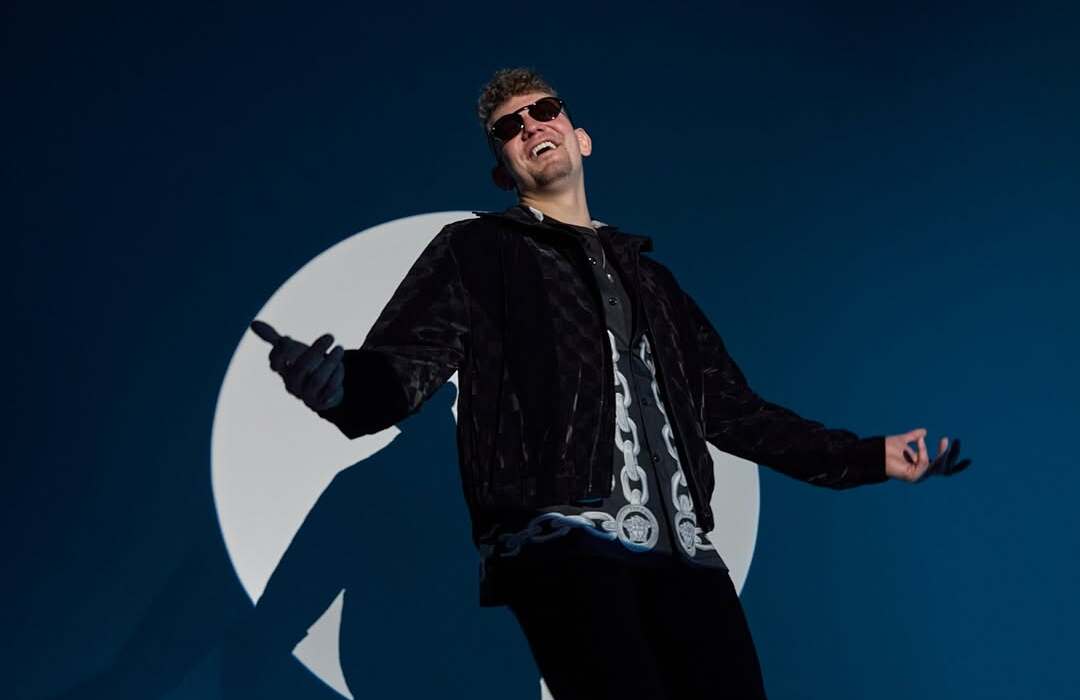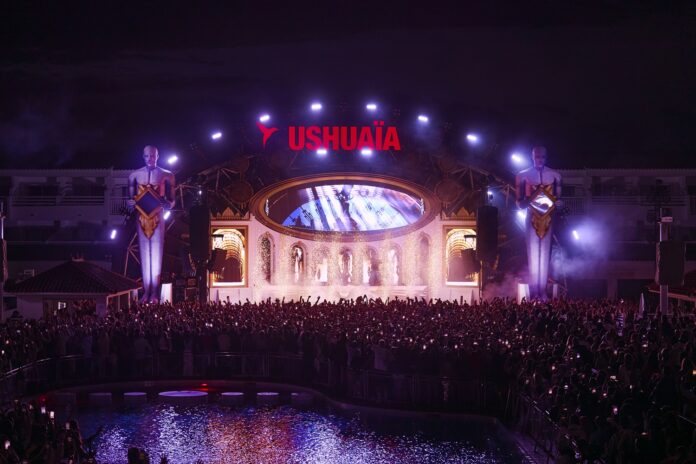An entire world at war, polarizing political movements and whole nations united in a single common goal set the premise for the world of gen:LOCK. Despite taking inspiration from mecha anime such as Neon Genesis Evangelion, series creator Gray Haddock is not preoccupied with creating a technologically advanced world with cool fighting scenes. Instead, he's more interested in getting people invested in the characters, their backstories, their traumas and their individual motivations.
Haddock set out to create a complex world that not only reflected the one we live in but was also populated by people of varying backgrounds and life experiences. In The Art of gen:LOCK, author Daniel Wallace gives fans a grand tour into the "making of" process of the series, from initial concept to design and execution.
The Art of gen:LOCK is divided into six sections: the origin of gen:LOCK, the characters, the Holons, the weapons and tech, the vehicles and the environments. In documentary-style, Wallace compiled commentary from various staff members who worked on the series, namely the writers and concept artists. When discussing how the concept for the series came together, each of the different staff members emphasized Haddock's vision to depict a future informed by today's events.
Haddock wanted to break away from many sci-fi tropes that present future societies as almost alien. He wanted the world of gen:LOCK to look futuristic, but still resemble our current world in terms of technological advancement and lifestyle. This vision informed the way the concept artists and writers conceptualized the characters, their mechas (referred to as Holons), and the vehicles and weapons they would use.
When developing the identities of the characters and their backstories, the series creator and staff wanted a diverse cast that represented various cultures, which also informed their casting choices. They specifically cast voice actors who matched the nationalities and cultural backgrounds of the characters they would be portraying.
In turn, the identities and backgrounds of the characters informed the design of their Holons and the weapons they use as a way of celebrating those diverse identities. The decision to showcase the diversity of the main cast was essential to establishing the Polity as a movement that celebrates diversity. The Polity is meant to be the polar opposite of the Union -- a more right-wing movement that values conformity.
The commentary by the series creators and staff are juxtaposed with both concept art and screencaps of the finalized designs for the characters and the technology they use. The concept art gives fans an idea of the thought process that went into building the world of gen:LOCK and developing the personalities of the characters. The finalized art also showcases how color palettes were used to convey specific tones, environments and even the personality traits of the characters. These color palettes augment the designs of the Holons and other technologies so that they come off as either non-threatening or completely threatening.
Overall, The Art of gen:LOCK is a book that fans of the series will appreciate for the detailed insight into their favorite characters and the world they inhabit. For viewers who are completely new to the series, The Art of gen:LOCK is still an insightful introduction to the show as a whole and doesn't require any level of familiarity with the story and characters. It lays everything out in a way that's easy to follow, and may even entice new viewers to check out the series on HBO Max ahead of Season 2.
About The Author

